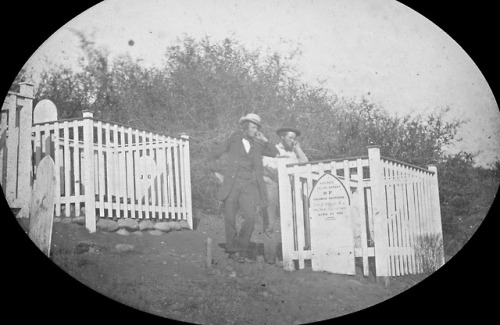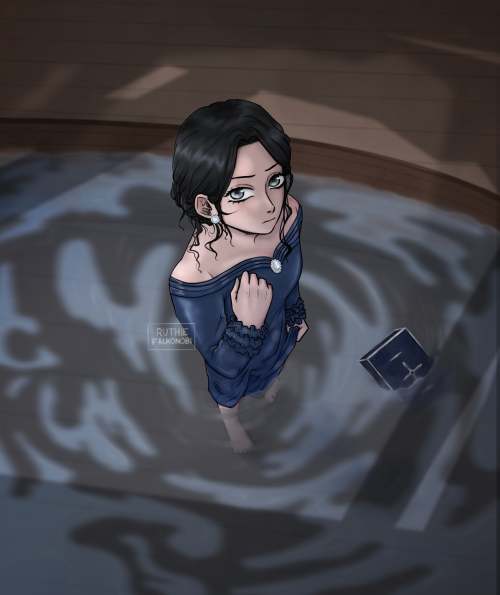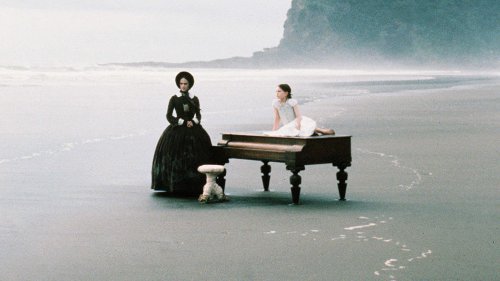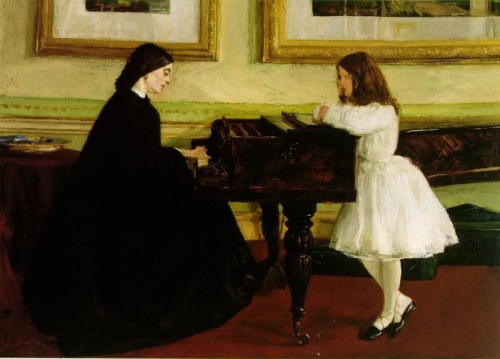#victorian clothing
How To Tell Victorian Clothing Apart By Decades
First and foremost, Karolina Żebrowska made a video about this quite some time ago explaing everything in detail, but I just wanted to make my own little checklist and mention some things that I’ve noticed for myself. Of course, this list won’t be foolproof as I’m only going to talk about the most popular styles at the time and people technically could have made a regency gown in 1900, but… that’s not the point. For the sake of being able to show everything with pictures, I’m going to leave the Regency period out as I’ve already made a separate post about it.
The Victorian era is commonly packed into the visual of a brown bustle dress and/or the typical wide dresses of the Civil War, but the Victorian era actually spans over 64 years and many, many different styles.
Queen Victoria was crowned in 1837, so let’s start in the 1830s.
The 30s were wild, and that’s one word to describe it, but that mostly goes for the first half of the decade. Huge sleeves and full skirts were the thing, often in patterns inspired by wallpaper. That’s right - stripes, florals and anything that stood out was the hit. The off-the-shoulder look is just as important though, that’s what creates the round shoulder shape, together with the puff sleeves. The waistline sat a little higher than the natural waistline and was usually adorned with a belt. In the second half of the decade the sleeves started to “travel downwards”, as in they started smocking or gathering the top part of the sleeve and just leave the pouf at the bottom.

The 40s left the puff sleeves and bright patterns behind, leaving high necklines, tighter sleeves and lowered the waistline to its natural position. Something very popular was the gathered front of a bodice and that trend even lasted into the early 50s. Skirts grew a little wider, requiring more support from layers upon layers of petticoats.

With the 50s here, ruffles came into fashion. If you see a wide, ruffled skirt, it’s probably from the 1850s. Some bodices extended over the hips now and almost looked like coats. Another important aspect: the pagoda sleeve. And obviously it’s important to note that the crinoline was finally patented in 1856. No more layers upon layers of corded petticoats! But this meant that dresses could be even wider than before. However, keep in mind that in the 50s, the crinoline had a round shape whereas in the 60s it started to become oval and extended further towards the back.

With the 60s, ruffles went out of fashion and synthetic dyes were invented, this meant brighter colors for a wider population! Actually, synthetic dyes were already invented in 56, but just like everything it took a while to make all the colors and really catch on so I’m counting it towards the 60s, because that’s when brightly colored dresses really took off. I find that especially evening dresses look very similar to 50s evening dresses so for me the best way to tell them apart is to look at the shape of the crinoline. Not to mention that a lot of people certainly continued to wear or slighly altered their 50s dresses but with a new crinoline.

Now we’re in the bustle era - the shape of the crinoline became slimmer but extended further towards the back, creating the bustle. I still find myself struggling telling mid 70s styles apart from the 80s, but there are some things I look at.
Firstly, the shape of the bustle. Early 70s style bustles are still pretty wide compared to the later silhouettes. Generally, you can say that in the 1870s, the profile of the bustle has a more gentle curve, the curve is not as steep. Also, a lot of 70s day dresses have trains. Many people actually started recycling old 18th century gowns into 1870s dresses so you can see a lot of inspiration and similarity in the shapes and how the dress is put together. The collars often mimick those of 18th century gowns and the back is draped like it was on a Robe à la Polonaise. Towards the very end of the 70s, bustles went out of style and women wore their dresses without a bustle.

Now on to the 1880s. Like I mentioned, the style was very similar but the bustle came back into fashion and became steeper. The necklines on day dresses were high and the collars weren’t square anymore. The draping of the overskirt still stuck, but the skirts became overall a little less wide. Very popular in the mid 1880s was draping the overskirt asymmetrically. That is the best giveaway if you’re unsure. Trains on day dresses still existed but weren’t as common as in the 70s. And once again, towards the very end of the decade the bustle went out of fashion, this time for good.

The 90s - certainly my favorite decade in the 19th century. Big sleeves were back! But no off-shoulder day dresses and the waistline was at its natural position. Pretty much all skirts were now straight in the front and gathered in the back - a very popular look. The size of the sleeves and the width of the dress reached its peak in 1895 and after that it all decreased in size again until the puff sleeve went out of fashion in 1898-99. Bodices had a slightly looser fit than in the decade before but were still tight-ish.

Now, the Victorian era only lasted up until 1901, but I’ve decided to add the 1900s to this list just because I really like that decade as well and think the clothes are really pretty.
So, in the 1900s the silhouette changed once again. Now, loose lace blouses were all the rage and the so-called pigeon breast silhouette was created with the help of an s-bend corset and a lot of stategical padding, a frilly corset cover and a loose gathered bodice. At the waist, you’d usually find a silk belt called a sash that matched the dress. The straight front skirts stayed but changed their shape slightly to be bell-shaped and flare out at the bottom. A lot of lace was used for gowns as well as frills and dainty details. But on the other side, a working woman would usually just wear a light colored blouse with a usually dark skirt and wear a belt to tie the outfit together.

So this was my way to tell the decades apart! I specifically love 19th century fashion because every decade is so different from the one before and it’s so fascinating how quickly styles changed back then.
Daguerreotype portrait of two men posing with the grave of Solomon Harthorn somewhere in California, c. 1853.
Source: Sotheby’s.
Post link
Portrait of Dr. Charles Robinson of Fitchburg, Massachusetts, 1857.
Source: California Digital Library.
Post link
Portrait of an unidentified soldier by Welsh photographer Calvert Richard Jones, c. 1845-1850.
Source: Metropolitan Museum of Art.
Post link


Mourning dress
1880s
Kerry Taylor Auctions

Bodice and skirt
c. 1895
Cincinnati Art Museum
~Iren’s Maiden~
Some lore from my pirate story … where I don’t give you any information, I just give you the title and a picture. X’D X’D
I don’t love how some things turned out, but I’m pretty happy with the perspective, even though I don’t really like how it looks … X’D I feel like it’s fairly … anatomically .. correct?? HHHHHhh.
That box .. I do not love it, either, but I’m still designing it so just. Don’t look at it too much right now. XD
Post link









